As the core equipment of papermaking, film, foil and other industries, the technological evolution of modern slitting and rewinding machine has experienced a leapfrog development from traditional mechanical design to intelligent control. The following is an analysis of this evolution process from key technical nodes:
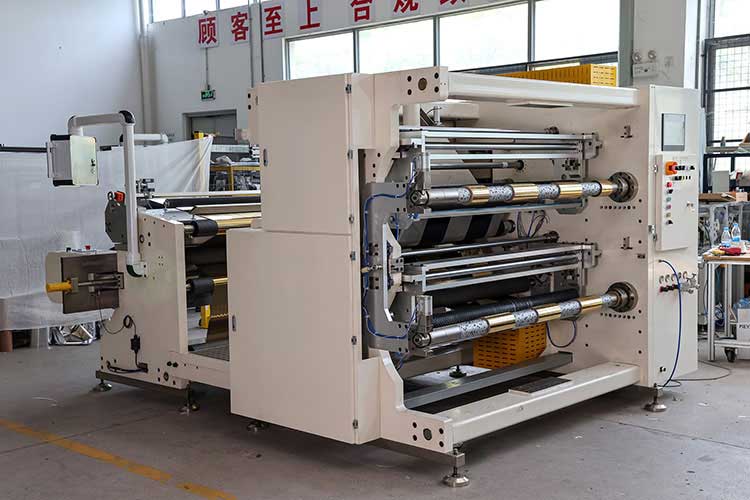
First, laying the foundation of the mechanical design stage (mid-20th century)
1. Infrastructure innovation
◦ The double take-up shaft design is used to achieve continuous production, and the mechanical tension control system (such as heavy hammer lever, friction brake) ensures the basic tension stability.
◦ The slitting tool has been developed from a round blade to an adjustable spiral knife, and the cutting accuracy has been improved to the ±0.5mm level.
2. Material and power upgrades
◦ The high-carbon steel gear transmission system replaces cast iron parts, and the bearing life is increased by 3 times; The AC asynchronous motor realizes multi-stage speed regulation through a mechanical gearbox.
Second, electrification and Automation Transformation (1980s-2000s)
1. PLC control revolution
◦ After the introduction of Siemens S7 series PLC, the logic control program was realized, and the failure rate was reduced by 40%. The PID algorithm enables the tension control accuracy to reach ±1N.
2. Application of sensing technology
◦ Ultrasonic or laser caliper monitors the coil diameter in real time, and cooperates with the magnetic particle brake to form a closed-loop control, and the speed is increased to 600m/min.
3. HMI human-computer interaction
◦ The touch screen interface replaces the button panel, which can store 100+ sets of process parameters, and the changeover time is reduced by 70%.

Third, intelligent breakthrough stage (2010 to present)
1. Digital Twin and Simulation
◦ ANSYS mechanical dynamics simulation optimizes roll train layout and reduces vibration amplitude by 25%; Virtual commissioning shortens the R&D cycle by 30%.
2. AI core technology innovation
◦ Deep learning vision systems (e.g., Halcon+CNN) implement:
▪ Micron-level defect detection (sensitivity 0.1mm²)
▪ Automatic pitch compensation (dynamic adjustment±0.05mm)
◦ Reinforcement learning algorithm optimizes winding parameters and reduces material loss by 15%.
3. IIoT architecture
◦ 5G+OPC UA implementation:
▪ 500+ sensor data collection in milliseconds
▪ Cloud-based PHM system predicts bearing failures (92% accuracy)
4. New drive concept
◦ Direct drive servo motors (e.g., Kollmorgen DDR) eliminate mechanical transmission, with a positioning accuracy of ±0.01° and a 20% reduction in energy consumption.
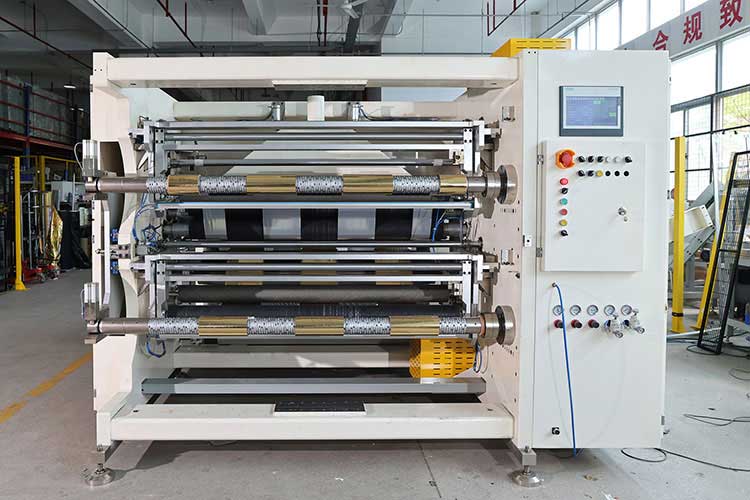
Fourth, the future direction of technology
1. Interdisciplinary integration
◦ Metamaterial rollers (graphene coating) reduce inertia by 30%
◦ Quantum sensors enable tension monitoring at the nanometer level
2. Autonomous decision-making system
◦ The digital brain calculates 10^6 slitting schemes in real time
◦ Blockchain traces the full life cycle data of each volume of material
Comparison of typical cases
| index | Conventional model (2000) | Smart Models (2024) |
| Maximum speed | 300m/min | 1500m/min |
| Timing of the change | 45 minutes | 90 seconds (automatic tool change) |
| Scrap | 3% | 0.5% |
| Energy consumption ratio | 100% | 65% |
This evolution process shows that the slitting and rewinding machine has developed from a single processing equipment to a comprehensive system integrating mechanical precision engineering, intelligent algorithms, and industrial Internet, and continues to promote the expansion of flexible manufacturing boundaries.
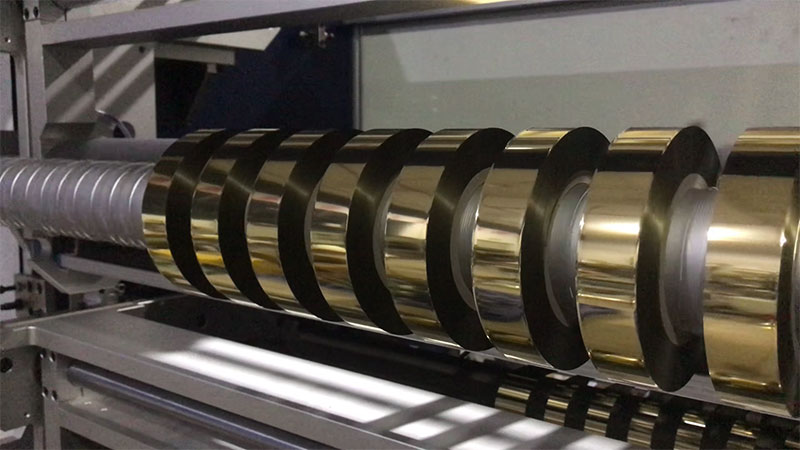 Key points of long-term reliability evaluation of hot stamping foil slitting machine: How to protect investment safety on the blade?
Key points of long-term reliability evaluation of hot stamping foil slitting machine: How to protect investment safety on the blade?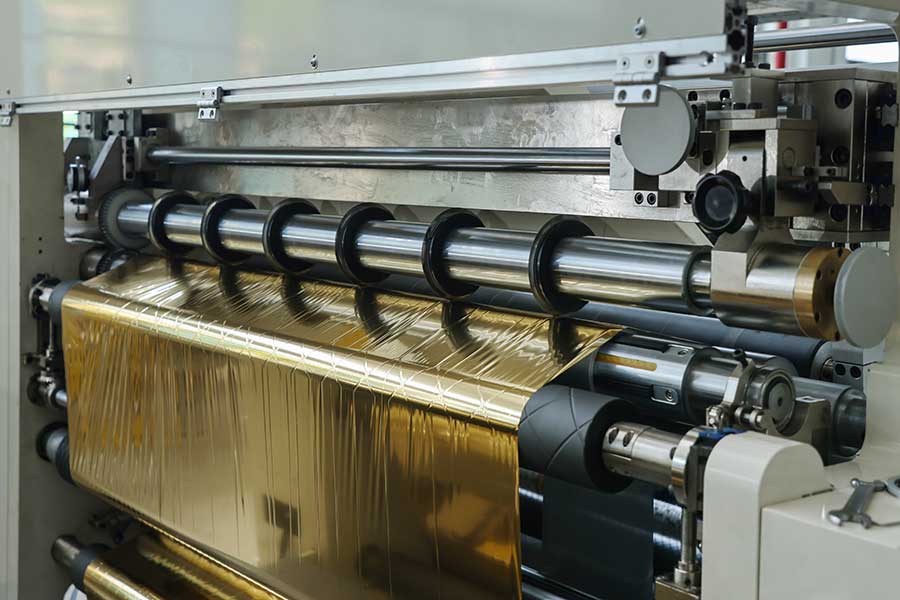 Real user feedback: Reliability challenges and countermeasures in the production of hot stamping foil slitting machines
Real user feedback: Reliability challenges and countermeasures in the production of hot stamping foil slitting machines Simplifying the complex: when the hot stamping foil slitting machine learns to "think"
Simplifying the complex: when the hot stamping foil slitting machine learns to "think"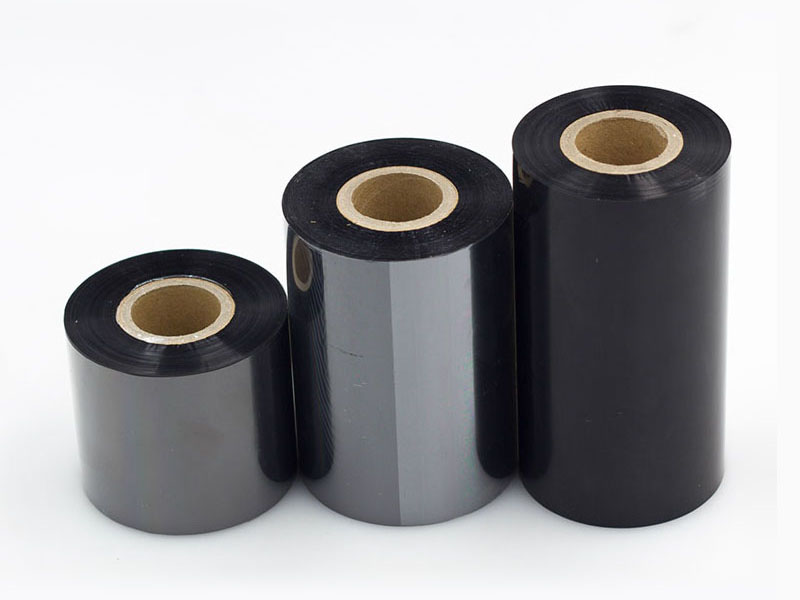 Long-term reliability maintenance guide for ribbon slitting machines
Long-term reliability maintenance guide for ribbon slitting machines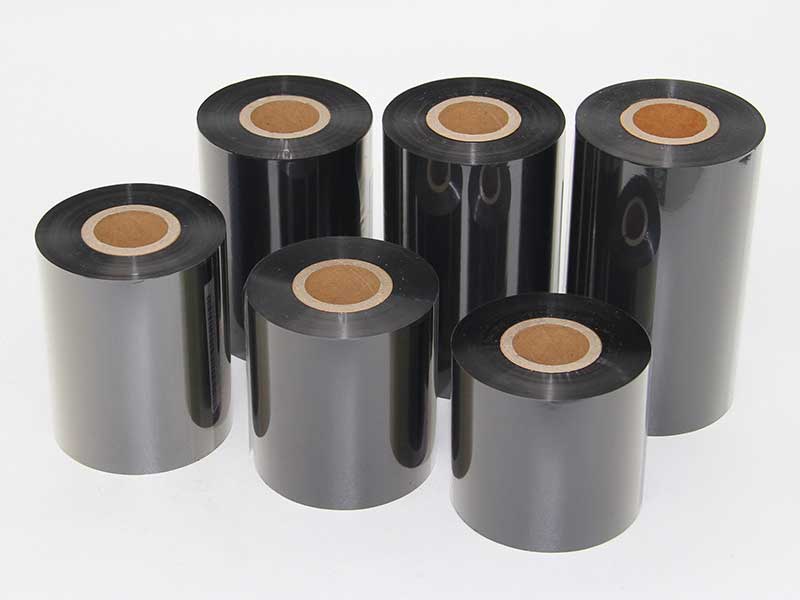 One-Click Operation: How the Convenience of Ribbon Slitting Machines Reshapes Workflows
One-Click Operation: How the Convenience of Ribbon Slitting Machines Reshapes Workflows